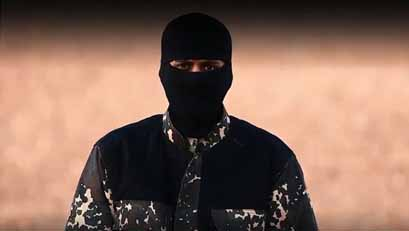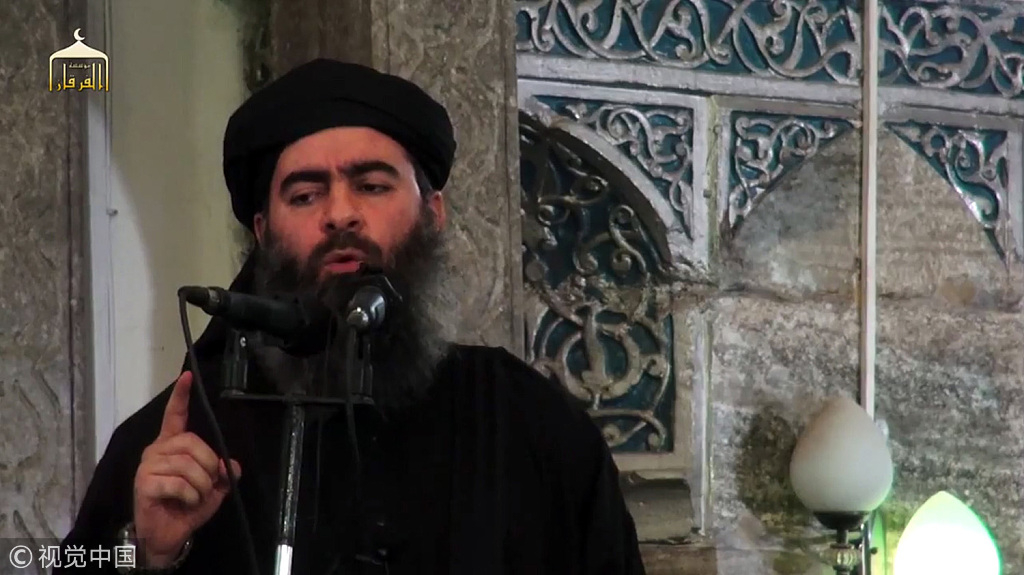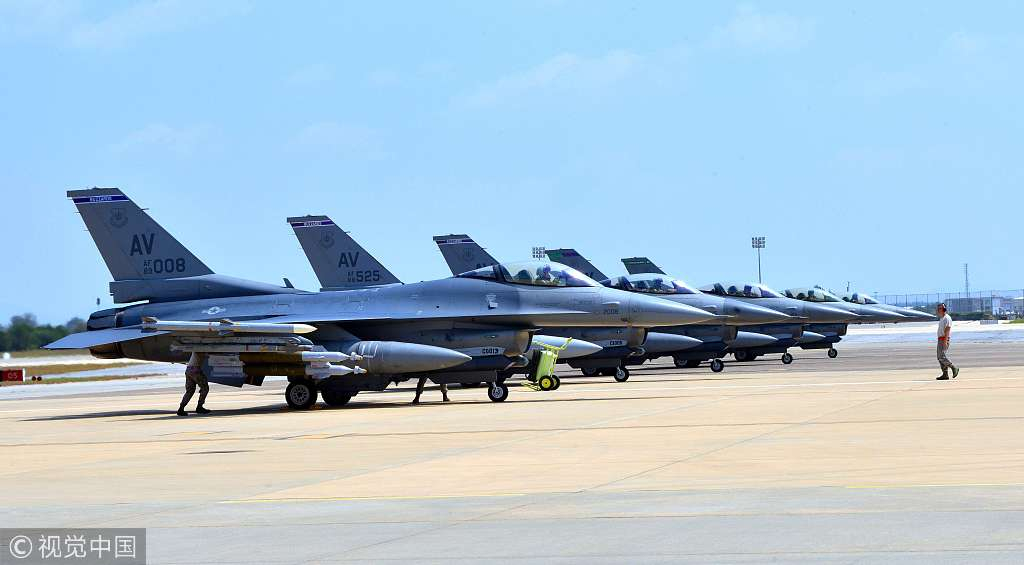
World
16:59, 11-Feb-2019
The rise and fall of ISIL: Chronology of group's victories & defeats
Nayan Seth, Feng Ran
02:45

In the last five years, ISIL has lost most of its territory in both Iraq and Syria. The militant organization which swept across the two countries reached its peak in mid-2015 but is now reduced to a four square kilometer area in the Middle Euphrates River Valley.
They were brutal, barbaric and ruthless. It all began in 2014. The group shocked the entire world with a stunning campaign of conquests over major cities like Fallujah and Mosul in Iraq and Raqqa in Syria.
By mid-2015, the self-styled Islamic State (ISIL) had expanded and controlled a population of around eight million in a territory of almost 90,000 square kilometers.

The photo taken from a propaganda video by al-Furqan Media allegedly shows the leader of the ISIL, Abu Bakr al-Baghdadi, addressing Muslim worshippers at a mosque in Mosul, Iraq, July 05, 2014 / VCG Photo
The photo taken from a propaganda video by al-Furqan Media allegedly shows the leader of the ISIL, Abu Bakr al-Baghdadi, addressing Muslim worshippers at a mosque in Mosul, Iraq, July 05, 2014 / VCG Photo
On June 29th, 2014, ISIL announced the establishment of a "caliphate" and declared Abu Bakr al-Baghdadi its leader.
In the next few months, ISIL tried to consolidate its power. They managed to generate billions of U.S. dollars of revenue from oil fields and refineries, lucrative smuggling routes, extortion, robbery, and kidnapping.
The group also turned social media into one of its biggest weapons. Heart-wrenching videos of killings and atrocities were posted regularly and a massive online recruitment drive was carried out to attract radicals from across the world.
In August 2014, the U.S. decided to step in and bombed ISIL positions in northern Iraq, marking the first U.S. air strikes in the country since the end of its occupation in 2011.

US Air Force handout photo shows F-16 Fighting Falcons from Aviano Air Base, Italy as they arrive at Incirlik Air Base, Turkey to fight against ISIL, August 9, 2015. / VCG Photo
US Air Force handout photo shows F-16 Fighting Falcons from Aviano Air Base, Italy as they arrive at Incirlik Air Base, Turkey to fight against ISIL, August 9, 2015. / VCG Photo
ISIL continued to acquire land until the end of 2015, when Iraqi and rebel forces started pushing the militants back.
The group was driven out of Fallujah in June 2016 and Mosul was liberated in July 2017, followed by the fall of Raqqa in October that year.
Presently, it is concentrated in Al-Baghouz village in Syria's Deir al-Zour province. At least 500 fighters are believed to be in the village and they are thought to be a concentration of ISIL's most experienced and battle-hardened commanders.
Its leader, Baghdadi, is on the run and ISIL is all set to be defeated, but analysts believe the threat is far from over. Its sleeper cells in Iraq and Syria remain active and may even be plotting a comeback.

SITEMAP
Copyright © 2018 CGTN. Beijing ICP prepared NO.16065310-3
Copyright © 2018 CGTN. Beijing ICP prepared NO.16065310-3